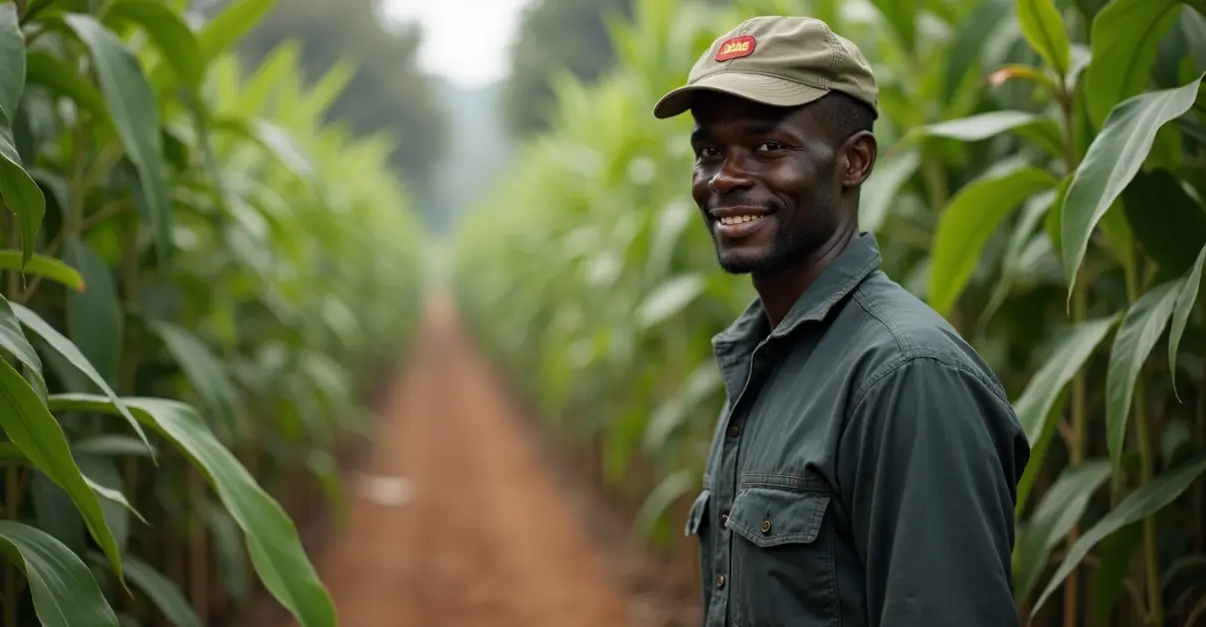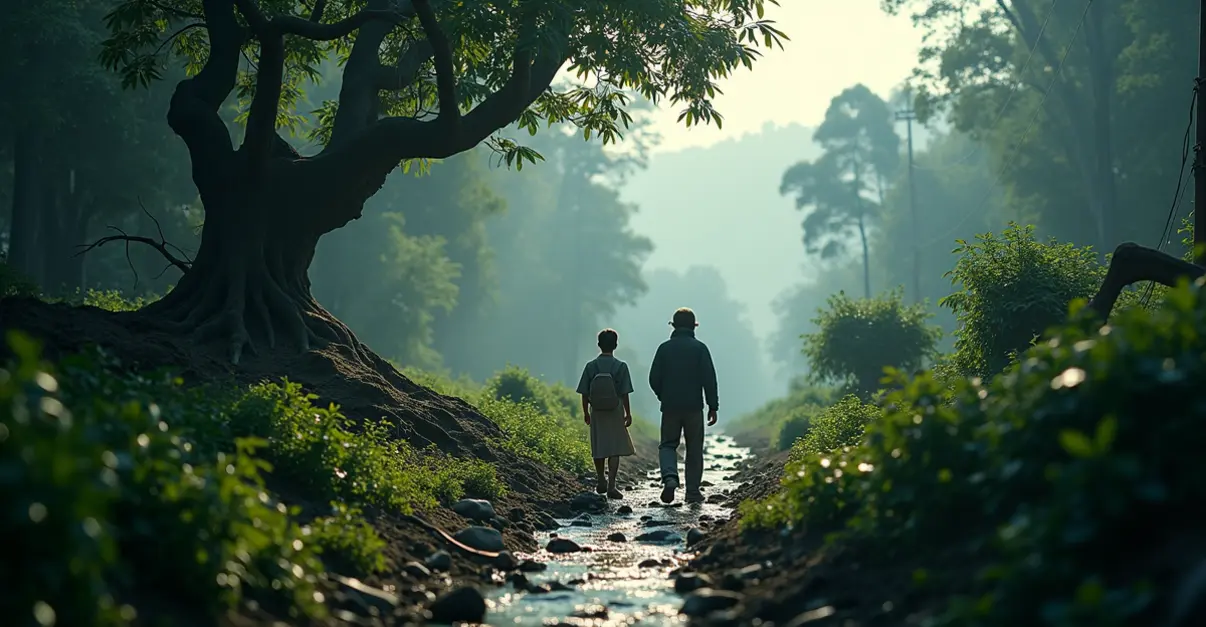UNEP's 2025 report reveals a critical climate adaptation finance gap: developing countries need $310-365 billion annually by 2035 but received only $26 billion in 2023. Public-private partnerships show promise but current trends won't meet Glasgow Pact goals.

The Growing Crisis in Climate Adaptation Funding
As climate impacts intensify globally, a dangerous gap is emerging between the financial commitments made by wealthy nations and the actual delivery of funds needed for adaptation projects in developing countries. According to the UNEP's 2025 Adaptation Gap Report, developing countries need between $310-365 billion annually by 2035 to implement essential adaptation measures, yet international public adaptation flows to these nations dropped to only $26 billion in 2023 - down from $28 billion the previous year.
The Public-Private Leverage Challenge
The concept of using public funding to leverage private investment has become central to climate finance discussions, but implementation remains problematic. 'We're seeing a dangerous disconnect between political promises and actual financial flows,' says climate finance expert Dr. Maria Rodriguez. 'Public funds should catalyze private investment, but without sufficient public capital, the entire system fails to gain momentum.'
The World Economic Forum's 2025 report on public-private collaboration emphasizes that strategic partnerships could unlock significant climate resilience opportunities. However, current trends suggest the Glasgow Climate Pact goal of doubling adaptation finance by 2025 will not be achieved.
Real-World Adaptation Outcomes
Despite the financial challenges, progress is being made on the ground. Over 1,600 adaptation actions have been implemented globally, primarily focusing on biodiversity conservation, agricultural resilience, water management, and infrastructure development. These projects range from building sea walls in coastal communities to implementing drought-resistant farming techniques in arid regions.
'The adaptation projects we're implementing are literally saving lives and livelihoods,' notes Sarah Chen, director of a climate adaptation NGO working in Southeast Asia. 'But we're constantly operating with one hand tied behind our back due to funding uncertainties. Communities need predictable, long-term financing to build true resilience.'
The Private Sector's Potential Role
According to UNEP analysis, the private sector could contribute approximately $50 billion annually to adaptation efforts with proper policy support and incentives. A BCG report from May 2025 highlights growing private equity interest in climate adaptation opportunities, particularly in resilient infrastructure, water management systems, and climate-resilient agriculture.
However, experts warn that private investment alone cannot solve the adaptation crisis. 'Private capital follows returns, and many adaptation projects serve vulnerable communities with limited ability to pay,' explains financial analyst James Thompson. 'This is where public funding becomes essential - to support projects that protect the most vulnerable while creating conditions for private investment in commercially viable adaptation solutions.'
The Urgent Need for Action
The consequences of the adaptation finance gap are already visible. As climate disasters become more frequent and severe - with the US experiencing its costliest first half-year for climate disasters in 2025, totaling $101.4 billion across 14 billion-dollar events - the need for robust adaptation measures becomes increasingly urgent.
With COP30 approaching in Brazil, the international community faces a critical test of its commitment to climate justice. The current 12-14 times gap between adaptation needs and current funding levels represents not just a financial shortfall, but a fundamental failure to protect the world's most vulnerable populations from climate impacts they did little to create.

 Nederlands
Nederlands
 English
English
 Deutsch
Deutsch
 Français
Français
 Español
Español
 Português
Português









